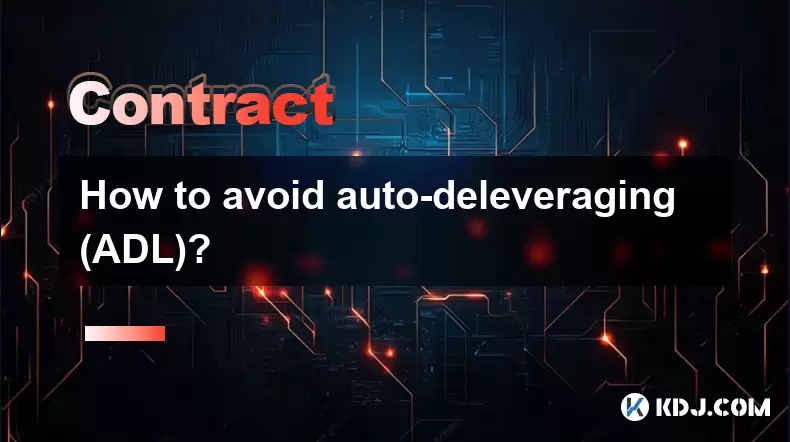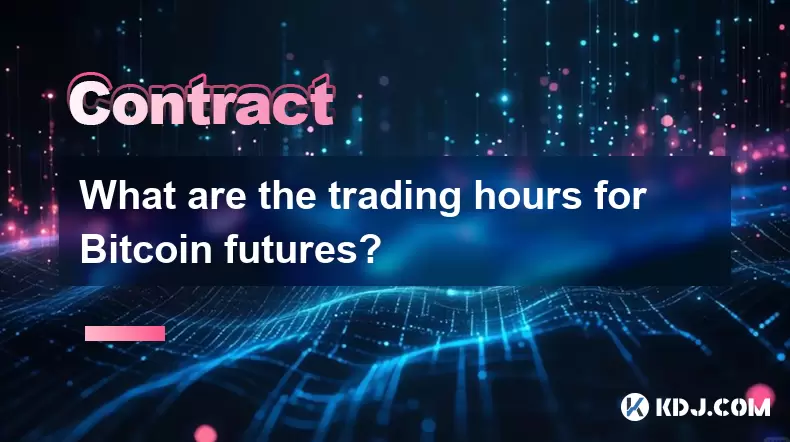-
 Bitcoin
Bitcoin $117,879.8627
0.05% -
 Ethereum
Ethereum $2,956.4450
-0.23% -
 XRP
XRP $2.7737
-0.58% -
 Tether USDt
Tether USDt $1.0003
-0.01% -
 BNB
BNB $687.3817
-0.92% -
 Solana
Solana $161.9370
-0.65% -
 USDC
USDC $1.0000
0.00% -
 Dogecoin
Dogecoin $0.1983
-2.35% -
 TRON
TRON $0.3019
-1.02% -
 Cardano
Cardano $0.7217
-0.53% -
 Hyperliquid
Hyperliquid $47.5630
3.05% -
 Stellar
Stellar $0.4341
11.02% -
 Sui
Sui $3.4115
-0.11% -
 Chainlink
Chainlink $15.1548
-0.82% -
 Bitcoin Cash
Bitcoin Cash $505.9817
-4.61% -
 Avalanche
Avalanche $21.0131
1.73% -
 Hedera
Hedera $0.2033
2.29% -
 UNUS SED LEO
UNUS SED LEO $9.0775
-0.06% -
 Shiba Inu
Shiba Inu $0.0...01315
-1.08% -
 Toncoin
Toncoin $3.0032
0.48% -
 Litecoin
Litecoin $93.1712
-1.23% -
 Polkadot
Polkadot $3.9194
-0.78% -
 Monero
Monero $334.1138
0.50% -
 Dai
Dai $1.0000
-0.01% -
 Ethena USDe
Ethena USDe $1.0005
-0.04% -
 Uniswap
Uniswap $8.4642
-3.24% -
 Pepe
Pepe $0.0...01231
-0.36% -
 Bitget Token
Bitget Token $4.3823
-1.34% -
 Aave
Aave $302.1026
0.83% -
 Bittensor
Bittensor $386.2829
-2.26%
How to avoid auto-deleveraging (ADL)?
Auto-deleveraging (ADL) in crypto trading protects exchanges by reducing profitable positions when liquidations fail, but it risks unexpected profit loss for traders.
Jul 13, 2025 at 06:28 am

Understanding Auto-Deleveraging (ADL) in Cryptocurrency Trading
In the world of cryptocurrency derivatives trading, auto-deleveraging (ADL) is a mechanism used by exchanges to manage risk when a trader's position cannot be liquidated through the usual process. When a trader’s margin falls below the required level and there are insufficient funds in the insurance fund to cover potential losses, ADL may be triggered. This means that profitable traders' positions can be partially or fully closed to offset the loss from the insolvent trader.
This mechanism ensures the overall stability of the exchange but poses risks to traders who might lose part of their profits unexpectedly. Understanding how ADL works is crucial for any serious crypto trader aiming to protect their gains.
Auto-deleveraging typically affects traders with large positions, especially those using high leverage. The system prioritizes the most profitable traders first, which means even if your trade is going well, you could still face an unexpected reduction in your position size.
Monitoring Leverage and Position Size
One of the most effective ways to avoid being impacted by ADL is to carefully manage leverage and position sizes. High leverage increases the likelihood of liquidation, which in turn raises the probability of triggering ADL mechanisms during volatile market conditions.
- Use conservative leverage — Stick to lower leverage ratios such as 2x or 5x instead of maxing out at 100x. Lower leverage reduces exposure to sudden price swings.
- Avoid oversized positions — Large positions are more likely to be targeted by ADL systems. Diversify across multiple smaller trades to reduce risk concentration.
- Set stop-loss orders — These help control losses and prevent positions from reaching critical levels where ADL becomes necessary.
By maintaining a balanced approach to leverage and position sizing, traders can significantly reduce the chances of being affected by ADL events.
Choosing the Right Exchange
Not all cryptocurrency exchanges implement ADL in the same way. Some platforms have more transparent and fair systems than others. Before committing capital, it’s important to research how each exchange handles ADL scenarios.
- Check ADL ranking policies — Exchanges usually publish details on how they rank users for ADL. Avoid platforms that target profitable traders without clear justification.
- Look for strong insurance funds — A robust insurance fund reduces the need for ADL since it can absorb losses from liquidations.
- Opt for exchanges with transparent liquidation engines — Transparent systems allow traders to better anticipate and avoid liquidation zones.
Selecting an exchange with favorable ADL practices can provide a safer trading environment and reduce the frequency of involuntary position closures.
Tracking Funding Rates and Market Volatility
Funding rates and volatility play a significant role in the health of open positions, particularly in perpetual futures markets. During periods of high volatility or extreme funding rates, the risk of ADL increases due to rapid changes in margin requirements and liquidation thresholds.
- Monitor funding rate trends — High or rapidly changing funding rates can signal increased risk of liquidation and subsequent ADL activity.
- Avoid holding positions during extreme volatility — Events like major news releases or macroeconomic announcements can cause unpredictable movements that increase ADL risk.
- Adjust positions dynamically — If volatility rises, consider reducing position size or increasing collateral to avoid triggering ADL.
Being proactive about external market factors allows traders to adjust strategies accordingly and stay ahead of potential ADL triggers.
Utilizing Risk Management Tools and Features
Modern cryptocurrency exchanges offer various tools and features designed to help traders manage risk more effectively. Leveraging these resources can significantly reduce the chances of encountering ADL-related issues.
- Enable margin alerts — Set up notifications to receive real-time updates when margin levels drop close to dangerous thresholds.
- Use isolated margin mode — This limits the amount of margin allocated to a specific trade, preventing systemic risk across your entire portfolio.
- Maintain extra liquidity — Keeping additional funds in your account allows for quick margin adjustments during adverse market moves.
These tools act as early warning systems and buffers against unexpected market behavior, giving traders more control over their exposure to ADL events.
Frequently Asked Questions
Q: What happens if I get auto-deleveraged?
A: If you're auto-deleveraged, part or all of your profitable position will be forcibly reduced to cover losses from other liquidated traders. You won’t lose your initial investment, but your realized profits will decrease.
Q: Can I completely eliminate the risk of ADL?
A: No system can entirely eliminate ADL risk while maintaining the integrity of the market. However, by following sound risk management practices, you can minimize the chances of being affected.
Q: Is ADL the same as forced liquidation?
A: No. Forced liquidation occurs when a trader's margin drops below the maintenance level and their position is automatically closed. ADL is a secondary mechanism used to protect the exchange when liquidations aren't enough to cover losses.
Q: How often does ADL occur on major exchanges?
A: ADL events are relatively rare but tend to happen during extreme market conditions. Their frequency depends on the exchange's risk management policies and the current state of the market.
Disclaimer:info@kdj.com
The information provided is not trading advice. kdj.com does not assume any responsibility for any investments made based on the information provided in this article. Cryptocurrencies are highly volatile and it is highly recommended that you invest with caution after thorough research!
If you believe that the content used on this website infringes your copyright, please contact us immediately (info@kdj.com) and we will delete it promptly.
- Bitcoin Rally, Satoshi Nakamoto, and the Richest Elite: A New World Order?
- 2025-07-13 12:30:12
- Mining, BDAG, LTC Outlook: What's Hot and What's Not?
- 2025-07-13 12:30:12
- XRP Price Surges Amid Whale Wallet Accumulation and Token Ecosystem Growth
- 2025-07-13 11:50:12
- Toncoin, UAE Visa, and Institutional Adoption: A Wild Ride in Crypto
- 2025-07-13 11:05:12
- Floki's Bullish Run: Webull Listing and Price Surge - What's Next?
- 2025-07-13 11:05:13
- Curve DAO (CRV): Riding the Yield Wave in DeFi
- 2025-07-13 11:05:14
Related knowledge

Psychology of trading Bitcoin contracts
Jul 13,2025 at 02:50am
Understanding the Emotional Rollercoaster of Bitcoin Futures TradingBitcoin contract trading, especially in the form of futures, introduces a high lev...

Best time of day to trade Bitcoin contracts?
Jul 13,2025 at 05:29am
Understanding Bitcoin Contracts and Their VolatilityBitcoin contracts, particularly futures contracts, are derivative instruments that allow traders t...

How to use Fibonacci levels in Bitcoin contract trading?
Jul 13,2025 at 08:07am
Understanding Fibonacci Levels in TradingFibonacci levels are a technical analysis tool used by traders to identify potential support and resistance z...

Understanding the Bitcoin futures term structure
Jul 13,2025 at 08:28am
What is Bitcoin Futures Term Structure?The Bitcoin futures term structure refers to the relationship between the prices of Bitcoin futures contracts w...

What are the trading hours for Bitcoin futures?
Jul 13,2025 at 12:14pm
Understanding Bitcoin Futures Trading HoursBitcoin futures are derivative contracts that allow traders to speculate on the future price of Bitcoin wit...

How to withdraw profits from a futures account?
Jul 13,2025 at 07:07am
Understanding Futures Accounts and Withdrawal MechanicsIn the cryptocurrency space, a futures account is used to trade contracts that derive their val...

Psychology of trading Bitcoin contracts
Jul 13,2025 at 02:50am
Understanding the Emotional Rollercoaster of Bitcoin Futures TradingBitcoin contract trading, especially in the form of futures, introduces a high lev...

Best time of day to trade Bitcoin contracts?
Jul 13,2025 at 05:29am
Understanding Bitcoin Contracts and Their VolatilityBitcoin contracts, particularly futures contracts, are derivative instruments that allow traders t...

How to use Fibonacci levels in Bitcoin contract trading?
Jul 13,2025 at 08:07am
Understanding Fibonacci Levels in TradingFibonacci levels are a technical analysis tool used by traders to identify potential support and resistance z...

Understanding the Bitcoin futures term structure
Jul 13,2025 at 08:28am
What is Bitcoin Futures Term Structure?The Bitcoin futures term structure refers to the relationship between the prices of Bitcoin futures contracts w...

What are the trading hours for Bitcoin futures?
Jul 13,2025 at 12:14pm
Understanding Bitcoin Futures Trading HoursBitcoin futures are derivative contracts that allow traders to speculate on the future price of Bitcoin wit...

How to withdraw profits from a futures account?
Jul 13,2025 at 07:07am
Understanding Futures Accounts and Withdrawal MechanicsIn the cryptocurrency space, a futures account is used to trade contracts that derive their val...
See all articles

























































































